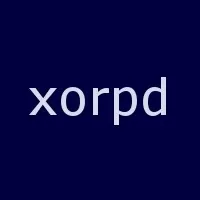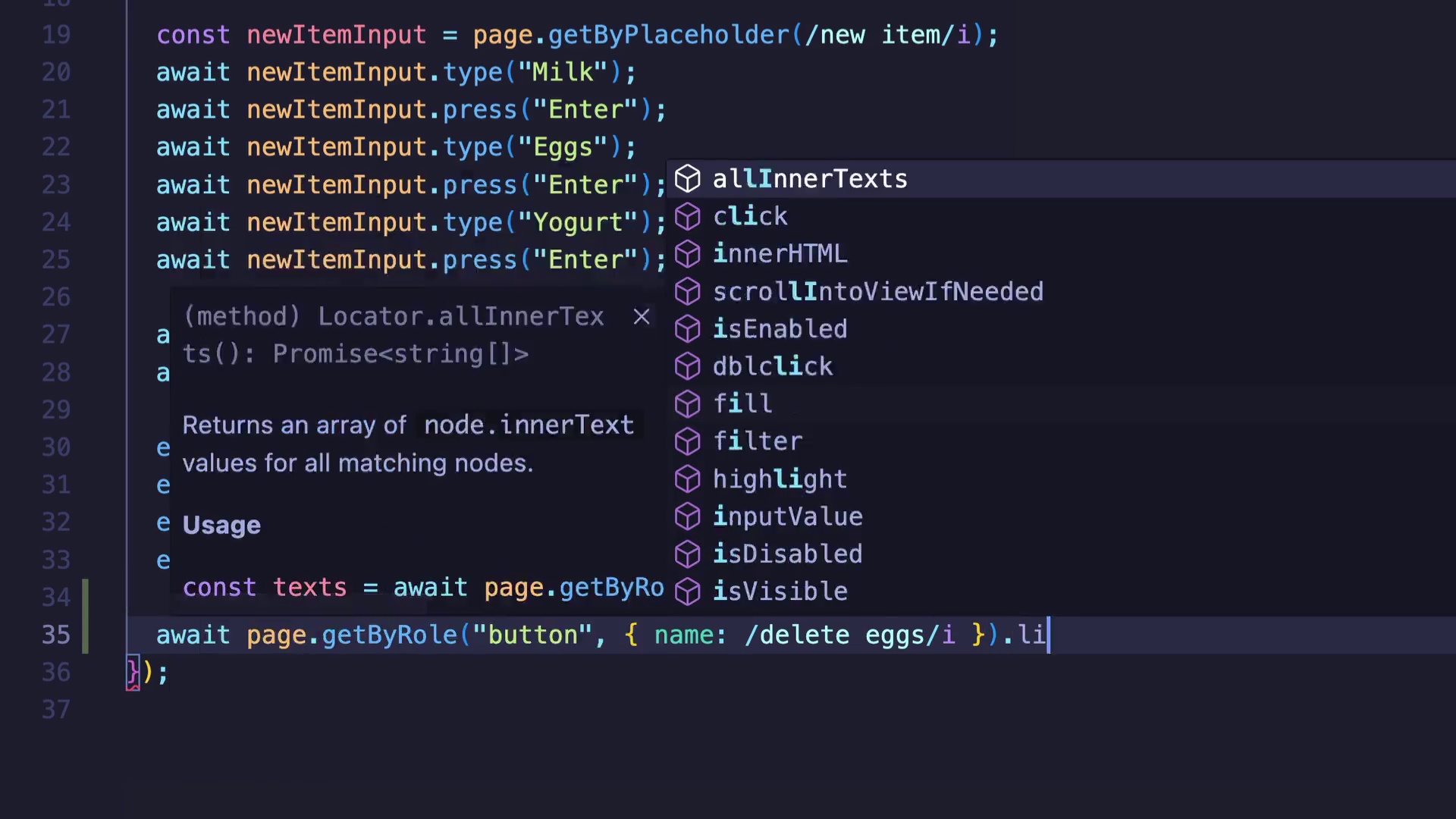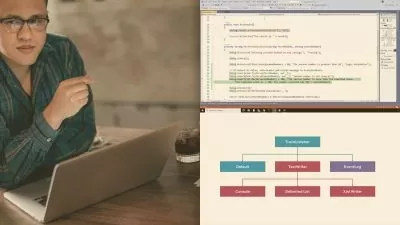Assembly Language Adventures: Complete Course
xor pd
29:09:38
Description
Learn the language of your computer
What You'll Learn?
- Learn to code on the x86 Architecture using Assembly Language
- Gain solid understanding about low level concepts.
- Understand how your computer works
- Become a tough person
Who is this for?
What You Need to Know?
More details
DescriptionLearn Assembly LanguageÂ
The x86 Adventures series teaches you your computer's language - x86 Assembly language, from scratch. No prior knowledge is assumed.Â
[Complete Course]Â
This is the full collection of x86 Assembly Adventures. It covers everything from the real basics to being an independent (and tough) x86 Assembly programmer.Â
Main topics covered:Â
The Binary System
The x86 Architecture
Intro to Flat Assembler
Branching
Signed and Bitwise Operations
Memory
Strings
Subroutines and the Stack
Reading the Manuals
Debugging
Dealing with Windows API
Why learn x86 Assembly Language? Â
You are the kind of person who really likes to know how things work. In this course you are going to get solid understanding on how  computer programs work from the inside.
Become a better programmer - Knowing how things work down there will help you take better decisions, even as a high level programmer. If you were always wondering what is the stack, or what are those pointers everyone talks about, you came to the right place.
Write faster code - When you really want to get the most of your processor, writing in raw Assembly is needed. We are not going to talk  about optimizations in this course, however you will get a solid foundations so that you can continue exploring on your own.
You want to become a reverse engineer or a security researcher, read the code of viruses or look for software vulnerabilities. As most of  the time the original source code will not be available to you, solid understanding of x86 Assembly Language is mandatory.
Course structureÂ
The course is made of video lectures. A lecture could be from a presentation, or a real world example, showing me doing stuff at the computer. Almost every video lecture is accompanied by some kind of exercise. The exercises are open source, and you can get them from github.
It is crucial that you complete the exercises. You will learn a lot from the lectures, but it is pretty much a waste of your time and money if you don't do the exercises. (Or at least verify that you know how to do them, if you are more experienced).Â
Course tech stackÂ
No prior knowledge is assumed for this course, but I do assume some things regarding your system, so make sure that everything here describes you:
You are using a Windows operation system. (The course videos use Windows 7). It is recommended to use at least Windows XP. (This means it will work perfectly on Windows 7 and Windows 10).
You have an x86 processor. We study 32 bit x86, but this course will also work on 64 bit processors.
For the tech savvy, some more details about the tools we are going to use in this course:Â
Assembly flavor: x86 32 bits protected mode.
Assembler: The Flat Assembler (FASM)
Debugger: WinDbg.
Using Linux? Most of the exercises were ported to Linux, however the videos show me using windows 7. Please contact me if you are not sure.Â
Who this course is for:
- Absolute beginners
- Experienced programmers
- People who really want to know how things work
- Programmers who want to improve their skills
- Programmers who want to write faster code
- Anyone who wants to get into the reverse engineering or security industry
Learn Assembly LanguageÂ
The x86 Adventures series teaches you your computer's language - x86 Assembly language, from scratch. No prior knowledge is assumed.Â
[Complete Course]Â
This is the full collection of x86 Assembly Adventures. It covers everything from the real basics to being an independent (and tough) x86 Assembly programmer.Â
Main topics covered:Â
The Binary System
The x86 Architecture
Intro to Flat Assembler
Branching
Signed and Bitwise Operations
Memory
Strings
Subroutines and the Stack
Reading the Manuals
Debugging
Dealing with Windows API
Why learn x86 Assembly Language? Â
You are the kind of person who really likes to know how things work. In this course you are going to get solid understanding on how  computer programs work from the inside.
Become a better programmer - Knowing how things work down there will help you take better decisions, even as a high level programmer. If you were always wondering what is the stack, or what are those pointers everyone talks about, you came to the right place.
Write faster code - When you really want to get the most of your processor, writing in raw Assembly is needed. We are not going to talk  about optimizations in this course, however you will get a solid foundations so that you can continue exploring on your own.
You want to become a reverse engineer or a security researcher, read the code of viruses or look for software vulnerabilities. As most of  the time the original source code will not be available to you, solid understanding of x86 Assembly Language is mandatory.
Course structureÂ
The course is made of video lectures. A lecture could be from a presentation, or a real world example, showing me doing stuff at the computer. Almost every video lecture is accompanied by some kind of exercise. The exercises are open source, and you can get them from github.
It is crucial that you complete the exercises. You will learn a lot from the lectures, but it is pretty much a waste of your time and money if you don't do the exercises. (Or at least verify that you know how to do them, if you are more experienced).Â
Course tech stackÂ
No prior knowledge is assumed for this course, but I do assume some things regarding your system, so make sure that everything here describes you:
You are using a Windows operation system. (The course videos use Windows 7). It is recommended to use at least Windows XP. (This means it will work perfectly on Windows 7 and Windows 10).
You have an x86 processor. We study 32 bit x86, but this course will also work on 64 bit processors.
For the tech savvy, some more details about the tools we are going to use in this course:Â
Assembly flavor: x86 32 bits protected mode.
Assembler: The Flat Assembler (FASM)
Debugger: WinDbg.
Using Linux? Most of the exercises were ported to Linux, however the videos show me using windows 7. Please contact me if you are not sure.Â
Who this course is for:
- Absolute beginners
- Experienced programmers
- People who really want to know how things work
- Programmers who want to improve their skills
- Programmers who want to write faster code
- Anyone who wants to get into the reverse engineering or security industry
User Reviews
Rating
xor pd
Instructor's Courses
Udemy
View courses Udemy- language english
- Training sessions 118
- duration 29:09:38
- English subtitles has
- Release Date 2023/09/09









